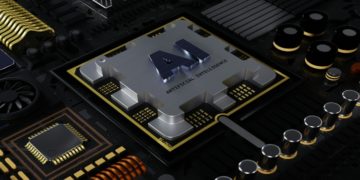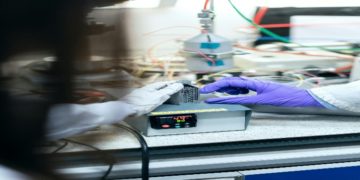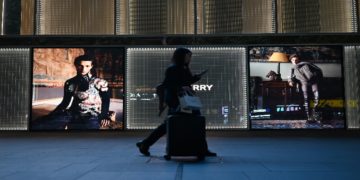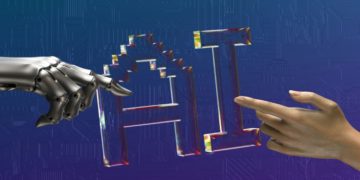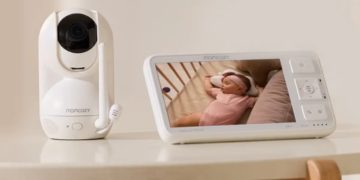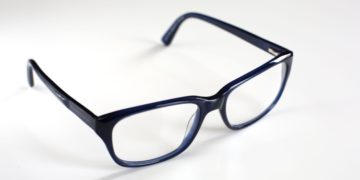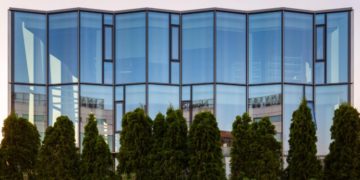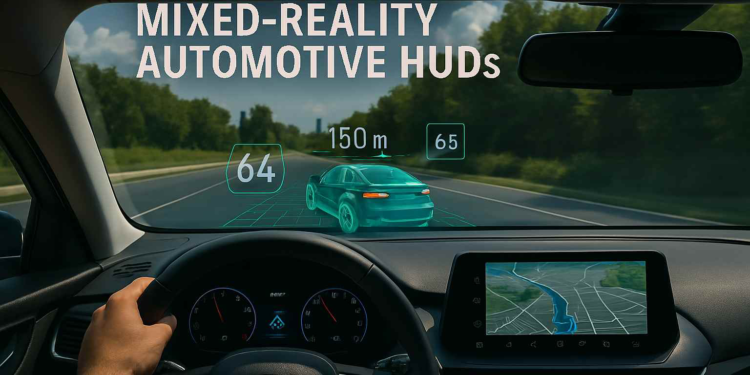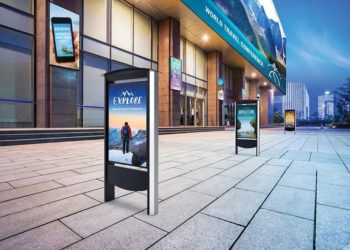Holographic projection systems are an amalgamation of advanced optics, laser technology, and image processing. These systems create three-dimensional images that appear to float in space, providing an immersive experience that traditional screens cannot match. When combined with Digital 3D Automotive Modelling, this technology enables the creation of highly detailed, real-time vehicle visualizations that can be projected directly into a driver’s field of view. The integration of such systems into automotive heads-up displays (HUDs) represents a convergence of augmented reality, 3D projection, and real-time automotive modeling, setting the stage for a new paradigm in driver-vehicle interaction.
Core Principles of Holography
At the heart of holographic technology is the principle of light interference. This principle involves the interaction of light waves to create a visual representation of an object. By manipulating light waves through lasers and optics, holograms can simulate depth and dimensionality. This foundational concept is what sets holographic systems apart from conventional displays, offering a truly immersive visual experience.
Technological Components
Holographic systems rely on several key technological components. Spatial light modulators (SLMs) play a crucial role by controlling the intensity and phase of light waves, which is essential for creating accurate holographic images. Additionally, diffraction gratings further manipulate light to reconstruct detailed 3D images. These components work in harmony, enabling the creation of holograms that can be viewed from multiple angles.
Integration with Automotive Design
Integrating holographic projection systems into automotive design requires careful consideration of space and functionality. Engineers must ensure that the technology does not obstruct the driver’s view while providing valuable information. This integration involves sophisticated design techniques and an understanding of how holographic images can complement the physical dimensions of the vehicle’s interior.
From Concept to Reality: 3D Automotive Modelling
The transition from conceptual design to functional 3D models in automotive HUDs requires a synergy of software and hardware. Companies specializing in 3D modeling, such as those found on platforms like Alibaba, play a crucial role in this process. These companies leverage advanced algorithms and rendering techniques to create detailed and dynamic models that can be projected in real-time.
Advanced Rendering Techniques
Creating realistic 3D models for holographic systems involves advanced rendering techniques. These techniques include ray tracing and rasterization, which are used to simulate light behavior and create lifelike images. By employing these methods, 3D modelling companies can produce high-quality models that seamlessly integrate with holographic displays, enhancing the overall user experience.
The Role of Machine Learning
Machine learning algorithms are increasingly being used in the development of 3D models for automotive applications. These algorithms can optimize the rendering process, ensuring that models are both visually appealing and resource-efficient. By analyzing vast amounts of data, machine learning helps refine model details and improve the accuracy of holographic projections.
Collaborations with Automotive Giants
3D modeling companies often collaborate with major automotive manufacturers to tailor models to specific vehicle designs. These partnerships ensure that holographic displays are not only technologically advanced but also aligned with the aesthetic and functional requirements of each vehicle. Through these collaborations, the integration of 3D models into automotive HUDs becomes a streamlined and efficient process.
Applications of Holographic Displays in Automotive HUDs
The integration of holographic projection systems in automotive HUDs is not merely a technological novelty but a functional enhancement that can improve safety and user experience.
Enhancing Driver Awareness
By projecting information such as speed, navigation, and hazard alerts directly onto the windshield, drivers can maintain focus on the road. This real-time data overlay reduces the need to glance away from the driving path, thereby enhancing situational awareness and reaction times. The continuous stream of relevant information helps drivers make informed decisions, contributing to a safer driving environment.
Immersive Projections for Augmented Reality
Holographic displays transform driving into an immersive experience by overlaying augmented reality elements onto the real world. This technology can highlight points of interest, provide lane guidance, and even simulate driving conditions in virtual scenarios. Such immersive projections not only enhance navigation but also offer a rich entertainment experience, making long drives more engaging. The ability to interact with digital elements in real-time creates a dynamic and engaging driving experience.
The Future of 3D Entertainment Systems in Vehicles
The potential of holographic projection systems extends beyond navigation. As the technology matures, we can anticipate the integration of comprehensive 3D entertainment systems within vehicles. Imagine a future where passengers can engage with interactive holographic games or enjoy a cinematic experience, all from the comfort of their seat. These systems promise to redefine in-car entertainment, providing an immersive experience that traditional screens cannot match.
Augmented Safety Features
Holographic displays also have the potential to enhance vehicle safety features. By projecting advanced safety alerts and diagnostics, drivers can be promptly informed of any issues, allowing for timely interventions. These augmented safety features can include real-time monitoring of vehicle performance and environmental conditions, contributing to a proactive approach to driver and passenger safety.
Challenges and Considerations in Implementation
Despite the promising applications, several challenges must be addressed to realize the full potential of holographic projection systems in automotive HUDs.
Technical Constraints and Solutions
The complexity of rendering real-time 3D models requires significant computational power and efficient processing algorithms. Ensuring seamless integration without compromising performance is a key technical challenge. Advances in GPU technology and cloud computing offer solutions by enabling high-speed data processing and rendering. These technological advancements allow for the handling of large datasets and complex computations necessary for real-time holographic projections.
Safety and Regulatory Standards
The introduction of holographic displays in vehicles necessitates adherence to stringent safety and regulatory standards. Ensuring that these systems do not obstruct the driver’s view or cause distractions is paramount. Collaborative efforts between technology developers and regulatory bodies are essential to establish guidelines that prioritize driver safety. Regulatory compliance ensures that holographic systems enhance the driving experience without compromising safety.
Cost and Market Viability
The cost of developing and implementing holographic systems can be a significant barrier. Balancing innovation with market viability requires strategic planning and investment. Manufacturers must consider factors such as production costs, consumer demand, and potential return on investment. Achieving cost-effectiveness while maintaining high-quality standards is crucial for the widespread adoption of this technology.
User Acceptance and Adaptation
Introducing new technology into vehicles requires user acceptance and adaptation. Educating consumers about the benefits and functionalities of holographic systems is essential for gaining their trust and interest. User-friendly interfaces and intuitive designs can facilitate a smooth transition, encouraging drivers to embrace this innovative technology.
The Role of 3D Modeling Studios
3D modeling studios are pivotal in the development of holographic projection systems. Their expertise in creating lifelike models and simulations forms the foundation upon which these systems are built. By leveraging cutting-edge tools and techniques, they bridge the gap between imagination and reality, enabling the creation of dynamic and responsive 3D models for automotive applications.
Expertise in Simulation and Animation
3D modeling firms possess specialized knowledge in simulation and animation techniques. These skills are crucial for creating realistic models that can adapt to various scenarios within holographic displays. By simulating real-world physics and behaviors, these companies ensure that holographic projections are not only visually stunning but also functional and interactive.
Innovations in Software Development
The development of advanced software tools is a key focus for 3D creative studios. These tools facilitate the creation of detailed models and support the integration of holographic systems into automotive designs. Innovations in software development enable more efficient workflows, allowing for rapid prototyping and testing of new concepts.
Collaborative Efforts with Tech Innovators
Collaboration between 3D design studios and technology innovators is essential for pushing the boundaries of holographic projection systems. By working together, these entities can share insights, resources, and expertise, leading to groundbreaking advancements in holographic technology. Such partnerships foster a culture of innovation and drive the evolution of next-generation automotive HUDs.
Conclusion: The Road Ahead
The integration of holographic projection systems in automotive HUDs represents a significant leap forward in both technology and user experience. As we advance, the seamless blending of digital and physical worlds will redefine our interaction with vehicles, opening new avenues for safety, entertainment, and connectivity.
By harnessing the power of 3D projection technology and immersive projections, we are on the cusp of a future where augmented reality becomes an integral part of our daily commute. The road ahead is paved with innovation, and as we continue to explore the possibilities, the dream of a fully immersive driving experience is within reach.
In this evolving landscape, the collaboration between automotive manufacturers, 3D development agencies, and technology innovators will be crucial in bringing this vision to life. As these partnerships flourish, the potential for holographic projection systems to provide what can only be described as “eternal life” in terms of technological impact becomes ever more tangible. The future promises exciting developments that will transform how we perceive and experience driving.


